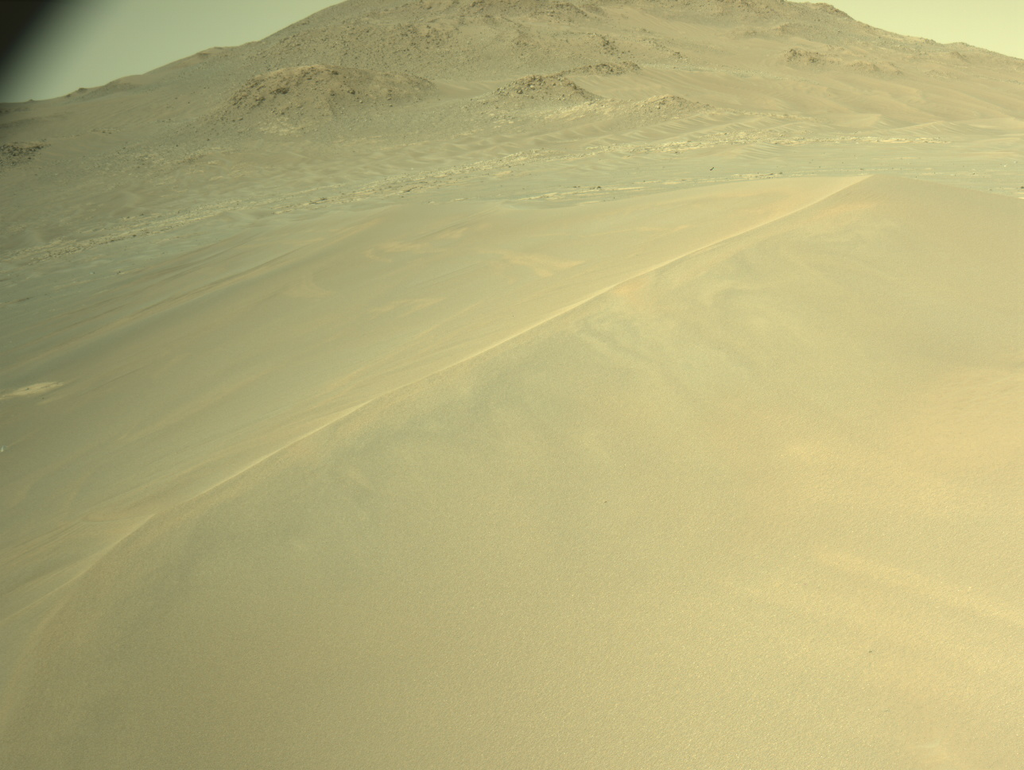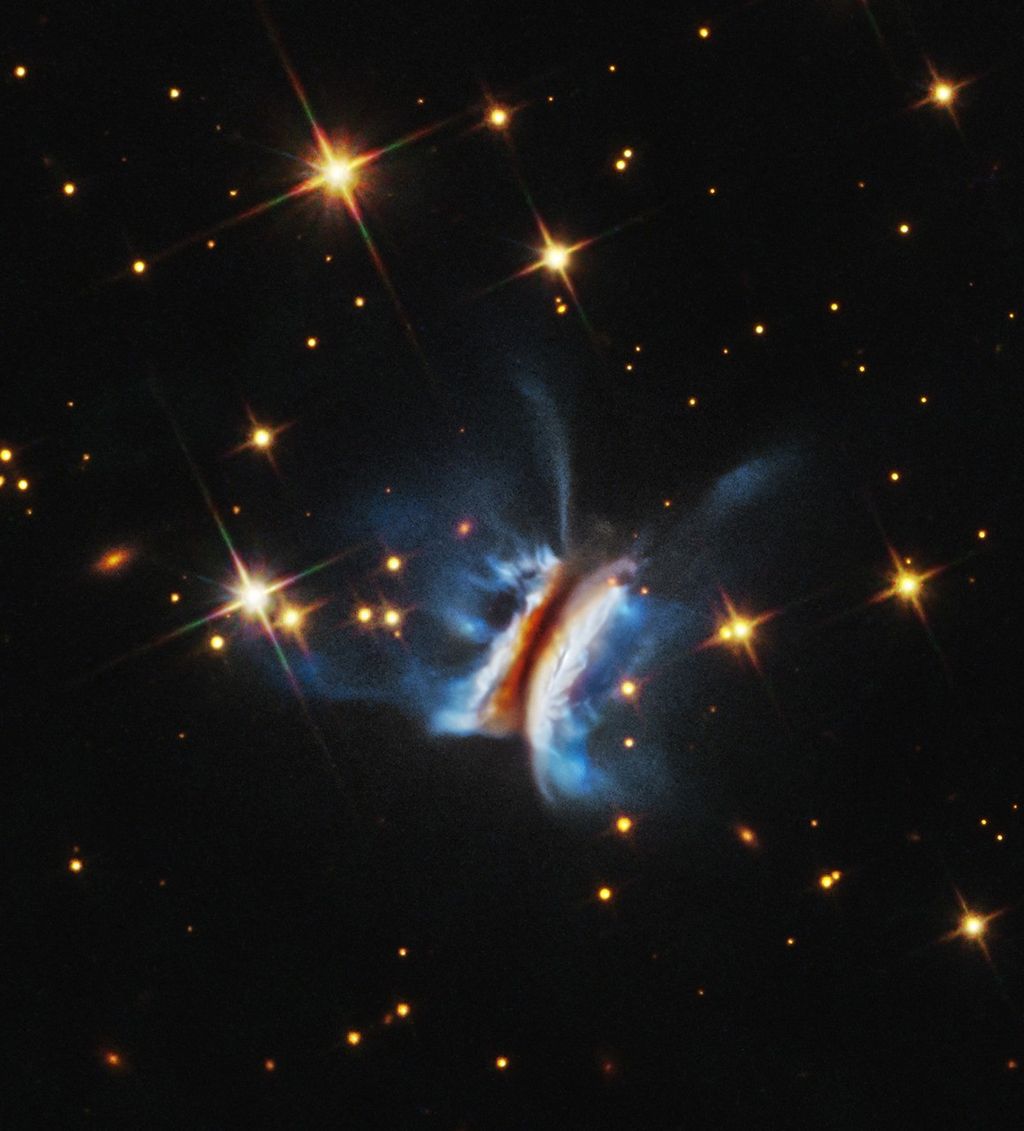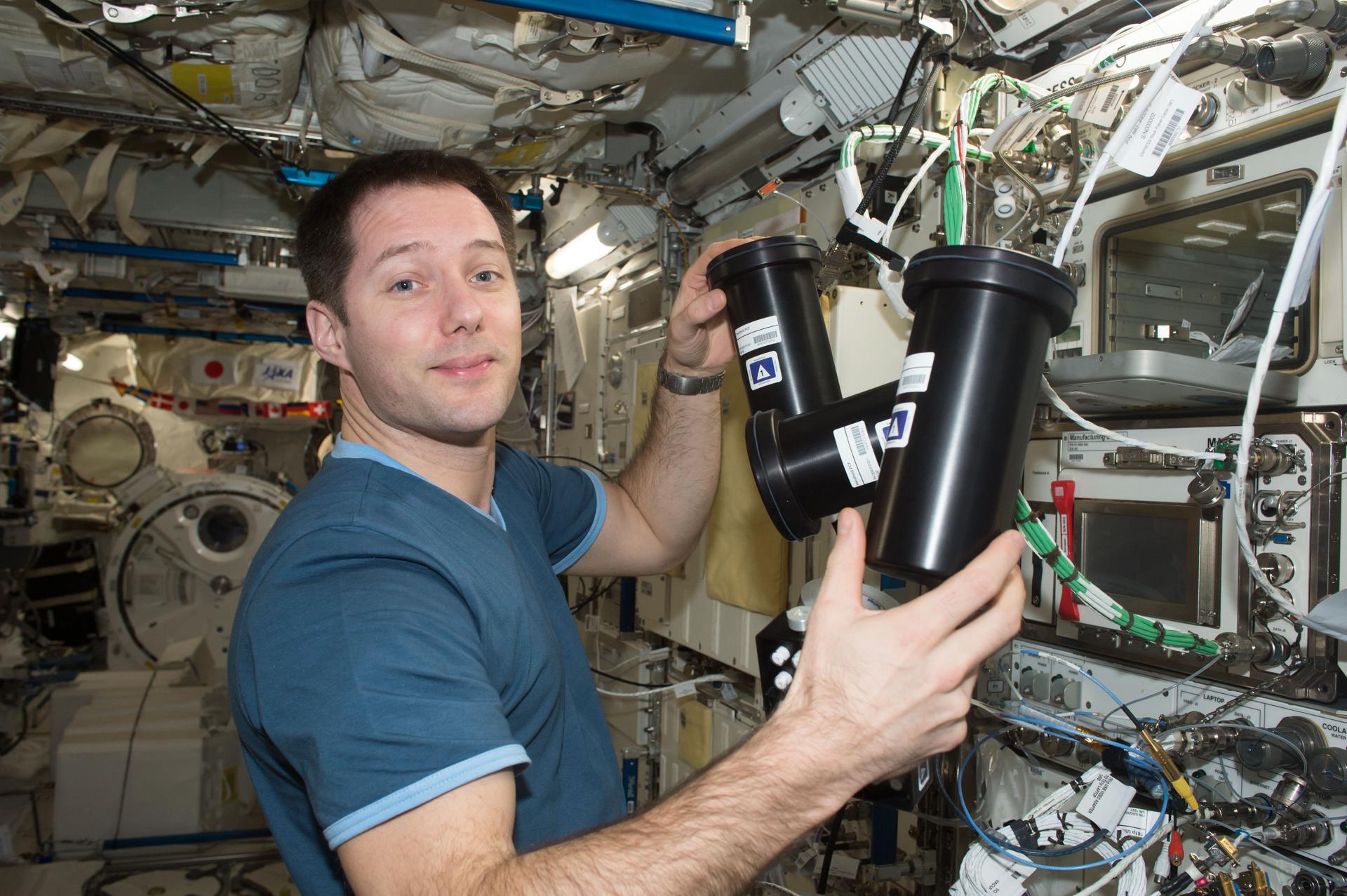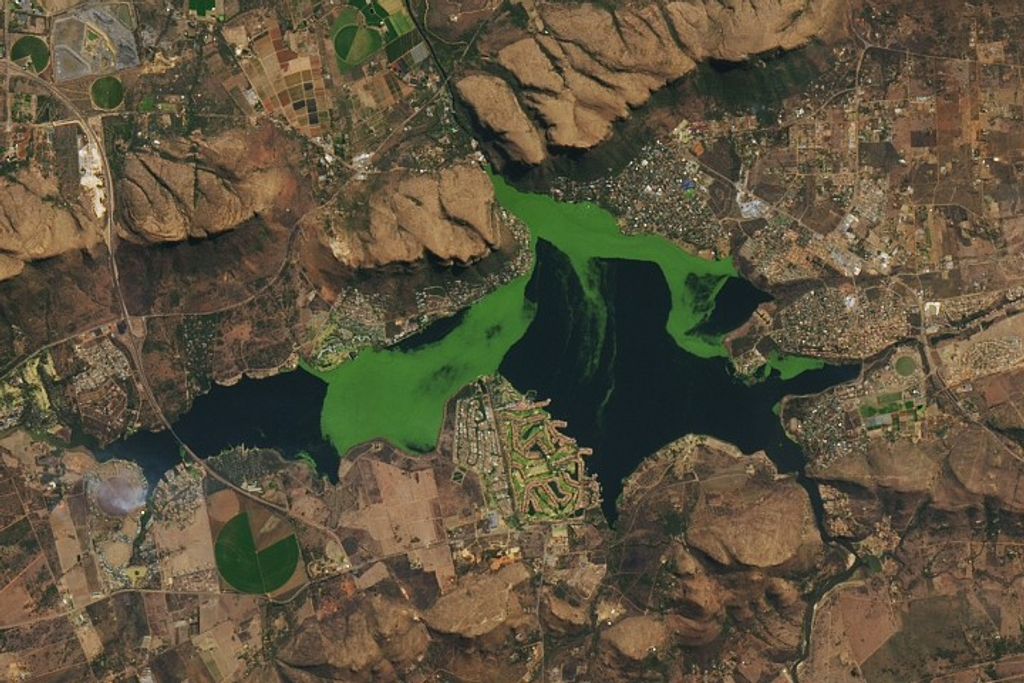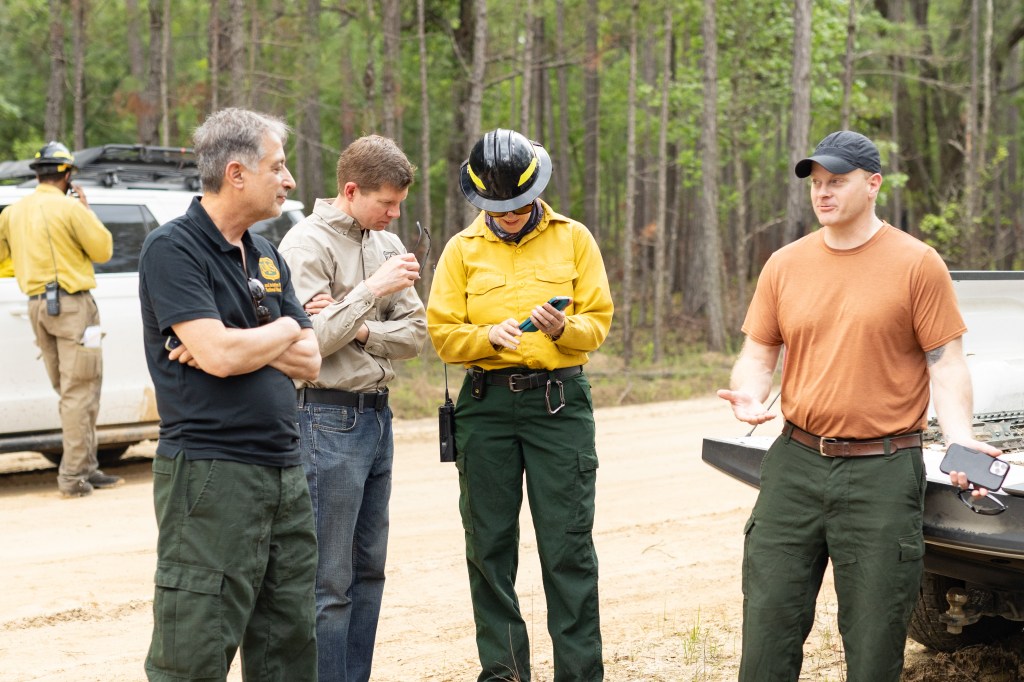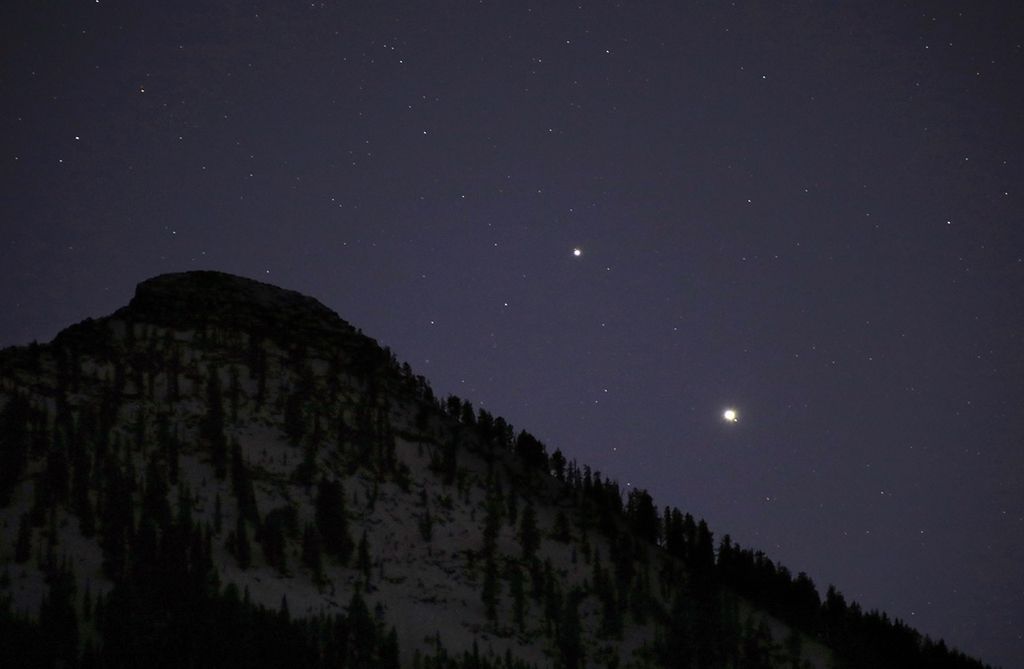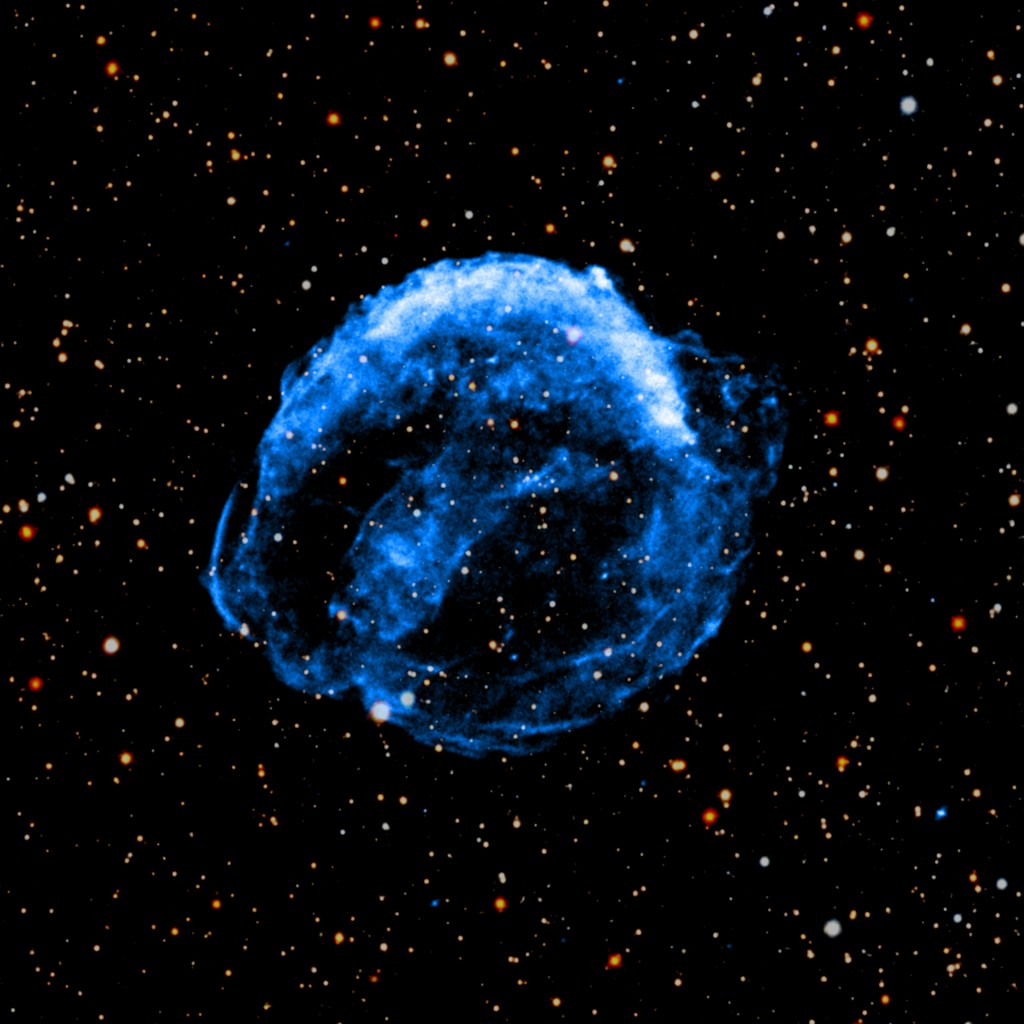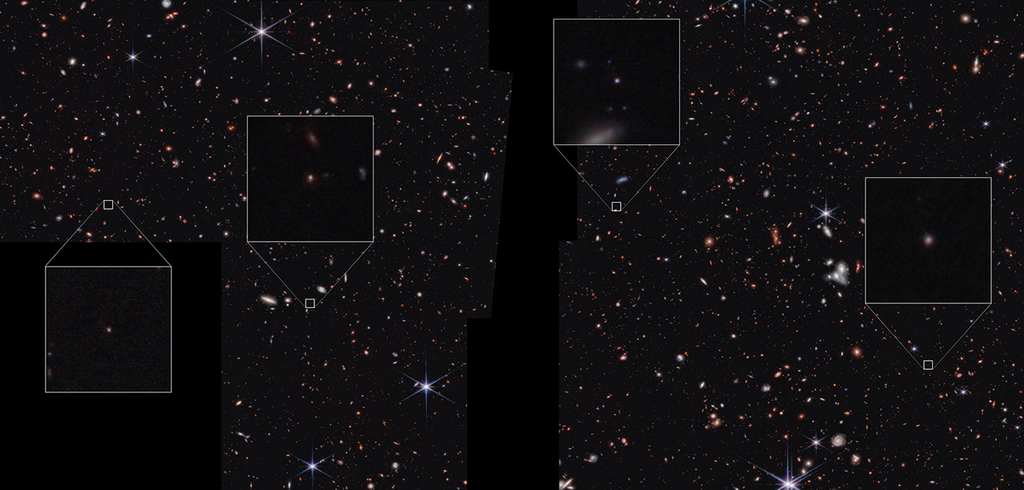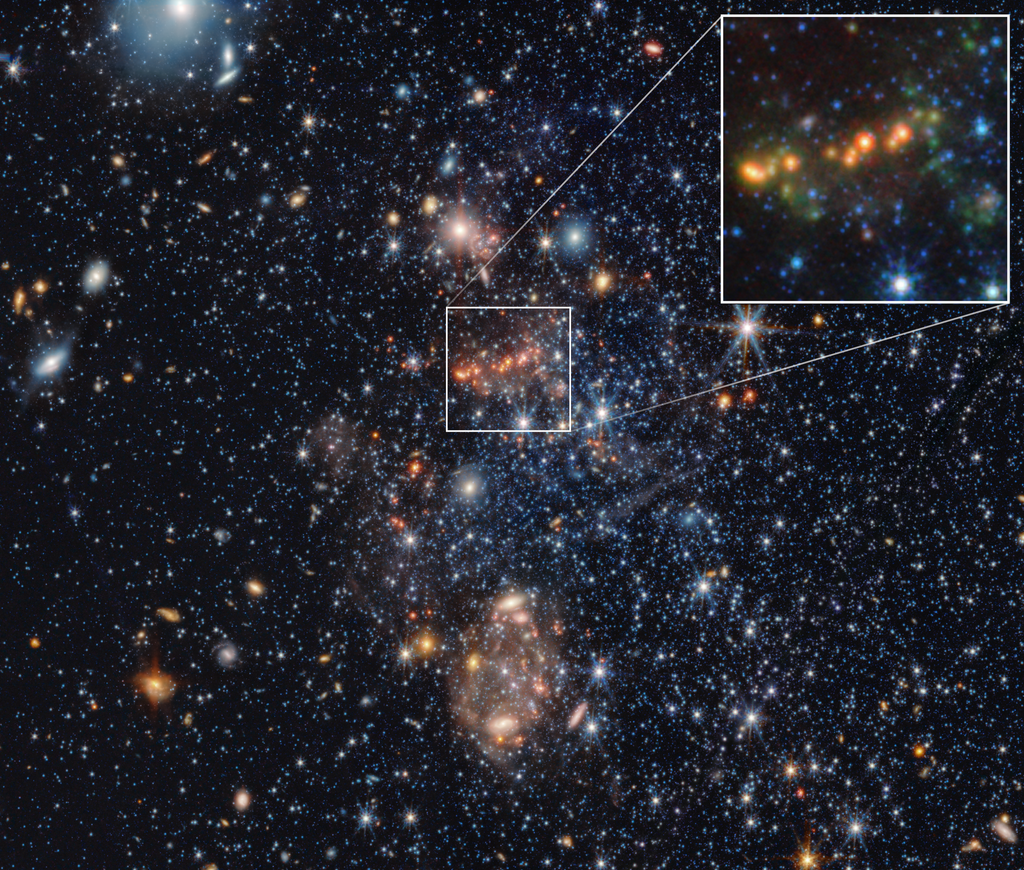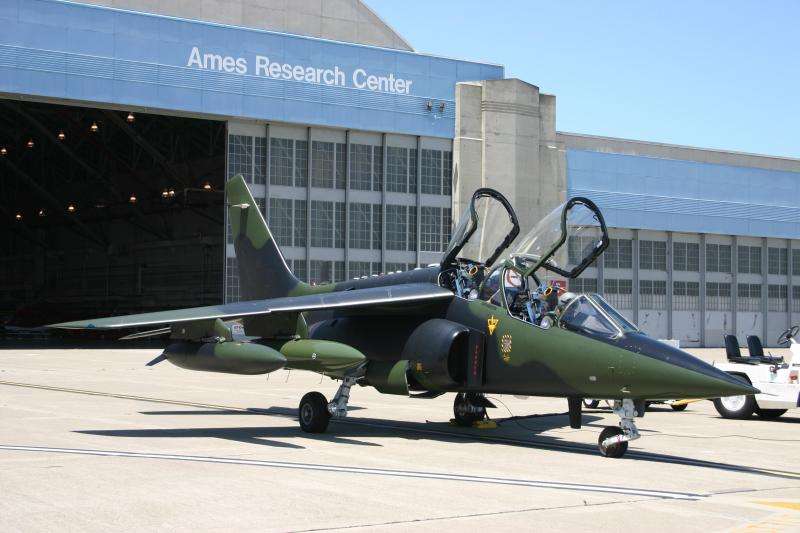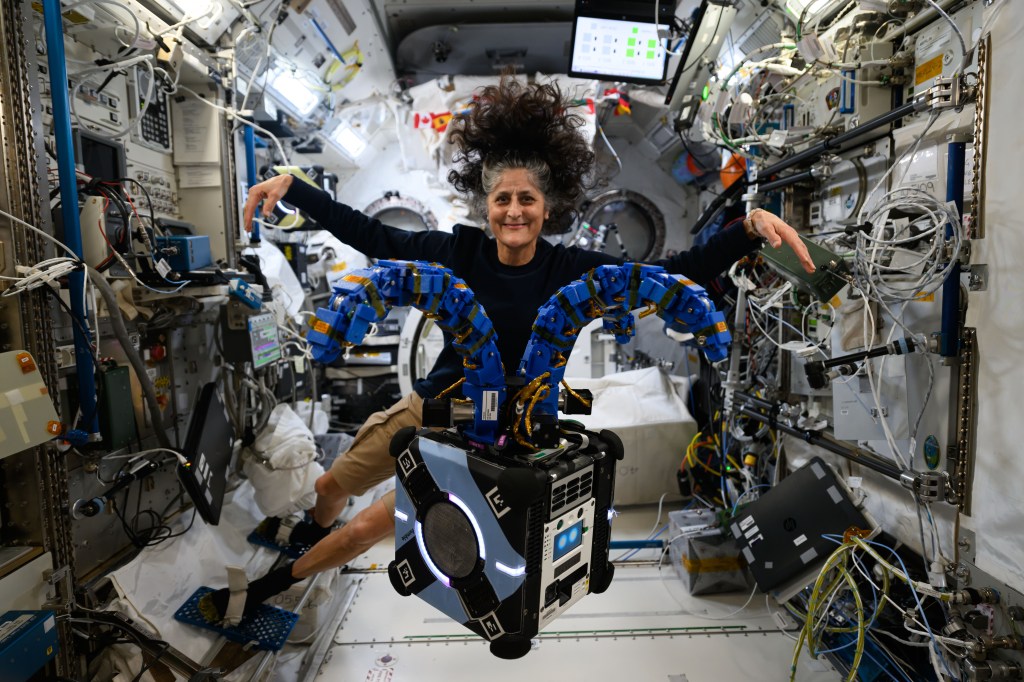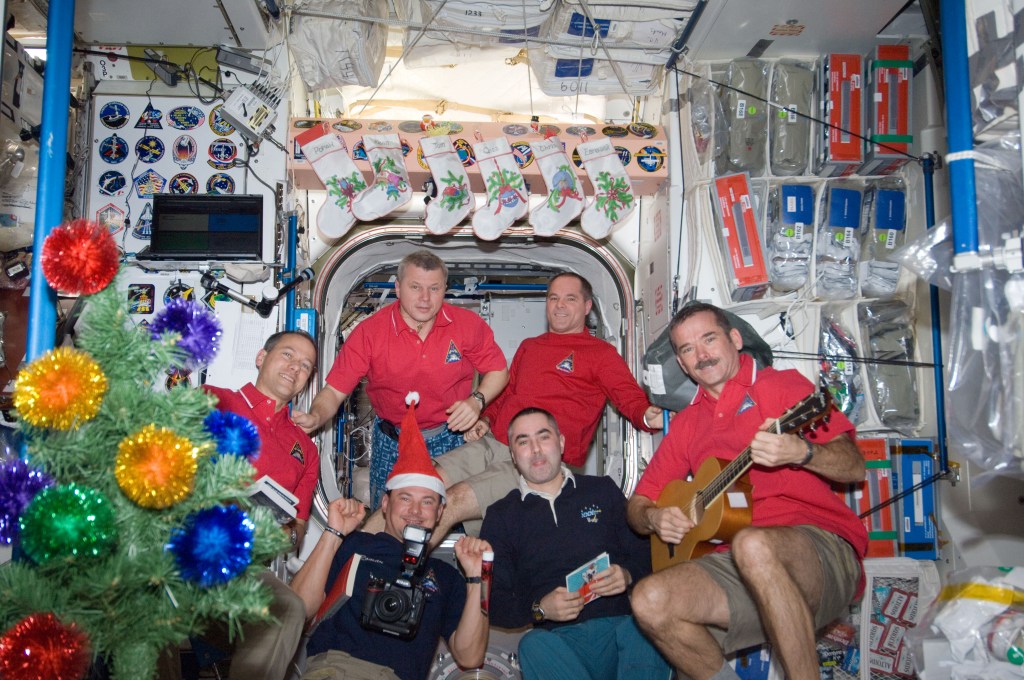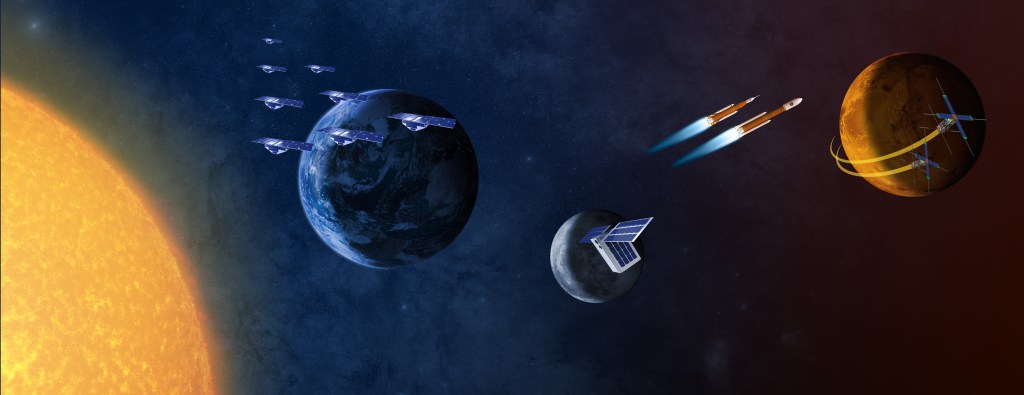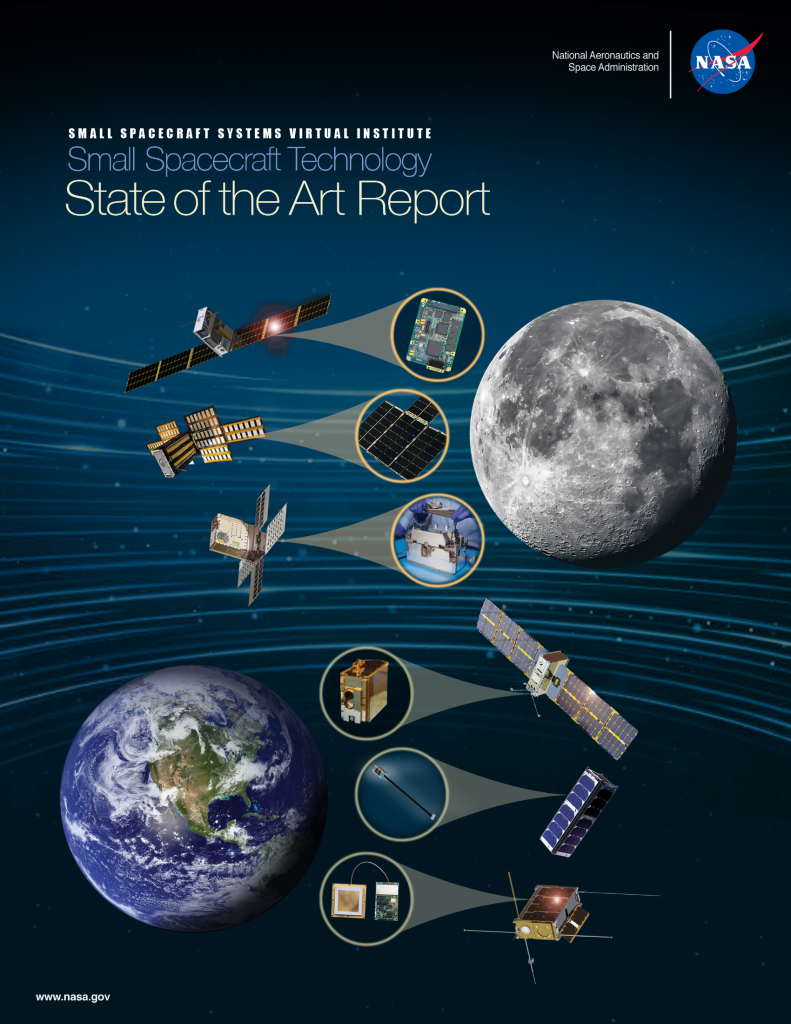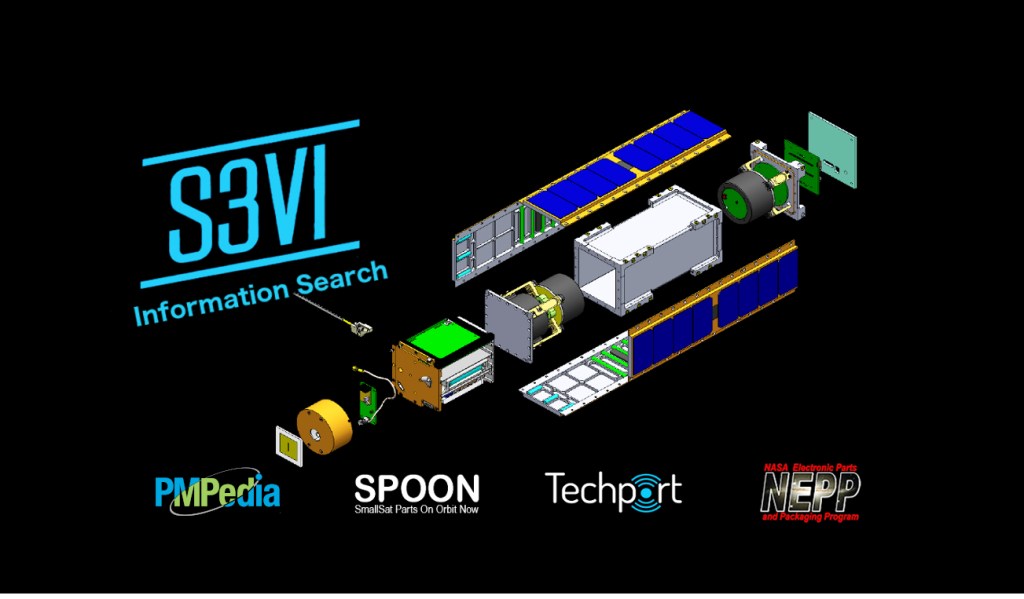Small Spacecraft Community of Practice
Subscribe to receive announcements for the Small Spacecraft Systems Virtual Institute’s (S3VI) monthly webinar series and quarterly newsletter here. We look forward to your participation!
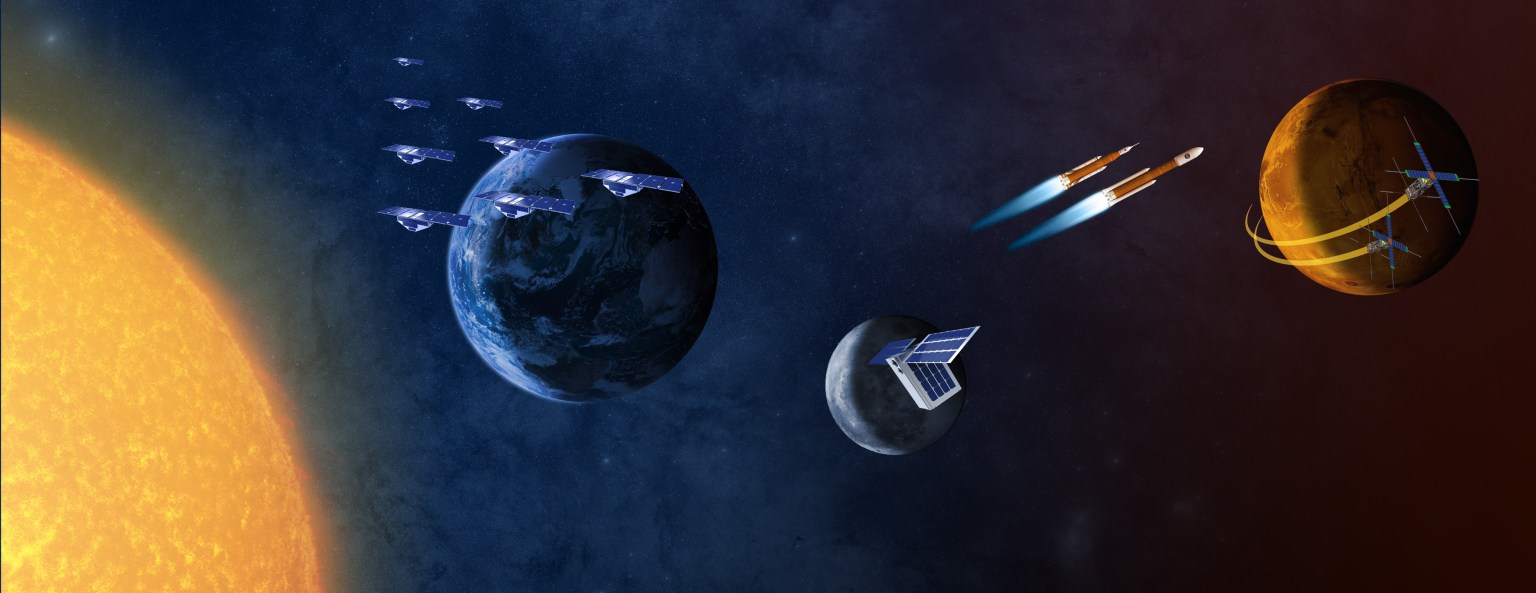
Research and Development of Interstellar Solar Sails and the Quad Confinement Thruster
Speakers: Debdut Sengupta and Aaron Knoll, Imperial College London
Wednesday, May 14, 2025
10:00AM-11:00AM Pacific Daylight Time
The webinar recording will be posted shortly.
Abstract: While maturing SmallSat propulsion technologies through flight testing, engineers often need to make a tradeoff between risk conservativeness and failure tolerance. This talk discusses two technologies for which this tradeoff has had to be made: Solar Sails and the Quad Confinement Thruster.
Project Svarog is a student-led initiative at Imperial College London aiming to send a CubeSat to interstellar space using solar sailing technology. To accomplish this, the CubeSat will make use of sun-diving maneuvers, where the perihelion is gradually lowered while the aphelion is raised with the help of solar radiation pressure, until the sail reaches an escape trajectory. The first half of this talk will present the lessons learned from the testing of an integrated prototype of the solar sail at 27km altitude in October 2024 as well as the orbital, environmental and structural simulations which have been performed in preparation for the interstellar mission.
The second half of the talk focuses on the flight demonstration of the Quad Confinement Thruster (QCT) onboard the NovaSAR-1 satellite in 2018. The QCT is a novel plasma propulsion technology developed through a collaboration between the Surrey Space Centre (University of Surrey) and Surrey Satellite Technology Ltd. This thruster has a unique capability to actively vector the direction of thrust using an electromagnetic field without the need for mechanical gimballing. During an 8-year timeframe, the concept was progressed from a concept on paper to a fully-fledged flight model. While this can be seen as a crowning achievement for a university discovery, the story of the QCT reveals potential pitfalls and lessons learned along the path from a university lab to commercial exploitation.
Bio: Debdut Sengupta is a final year master’s student studying Aeronautics with Spacecraft Engineering at Imperial College London and the Technical Lead of Project Svarog, a student-led solar sailing CubeSat project aiming to send the first civilian object to interstellar space. During his time at Svarog, Debdut has led the development of an in-house six degree-of-freedom orbital propagator with AI-based optimizers and has co-authored papers on space sailing in the Journal of the British Interplanetary Society and Progress in Aerospace Sciences. He is currently interning at NASA Ames Research Center in the Small Spacecraft Systems Virtual Institute.
Aaron Knoll is a Reader (Associate Professor) in Spacecraft Engineering within the Department of Aeronautics at Imperial College London, and Head of the Imperial Plasma Propulsion Laboratory. Aaron received his Bachelors of Aerospace Engineering (2003) and a Masters of Applied Science in Aerospace (2005) from Carleton University, Canada. Aaron was awarded his PhD in Mechanical Engineering (2010) from Stanford University, USA, where he was involved with the research of instability driven electron transport within Hall Thrusters. Before joining Imperial in 2017, Aaron worked as a post-doc researcher (2009 – 2012) and Assistant Professor (2012 – 2017) at the Surrey Space Centre, University of Surrey, UK. The focus of Aaron’s research at Imperial is towards the development of spacecraft propulsion technologies using alternative propellants, and novel computational methods for modelling plasma systems. Aaron is currently on a research sabbatical within the Mechanical Engineering Department at Stanford University, working on applications of the reduced-order particle-in-cell scheme.
S3VI encourages the community to submit questions before the webinar to enable more directed responses. Please send questions to craig.d.burkhard@nasa.gov.



